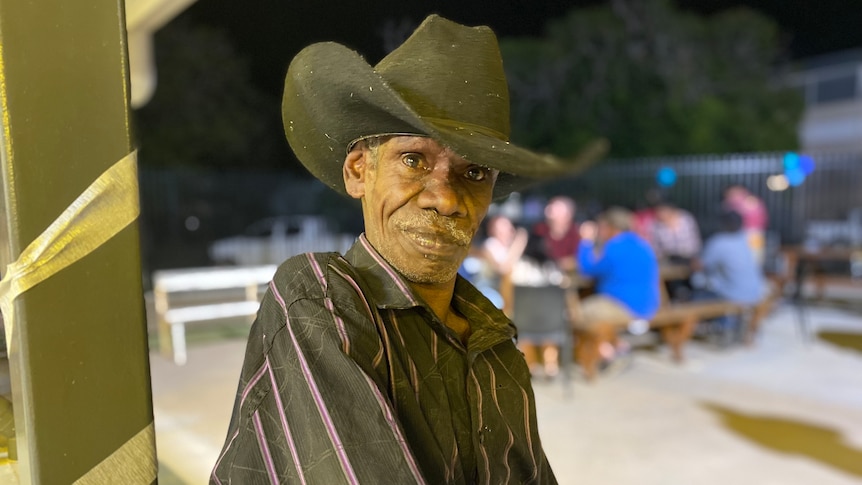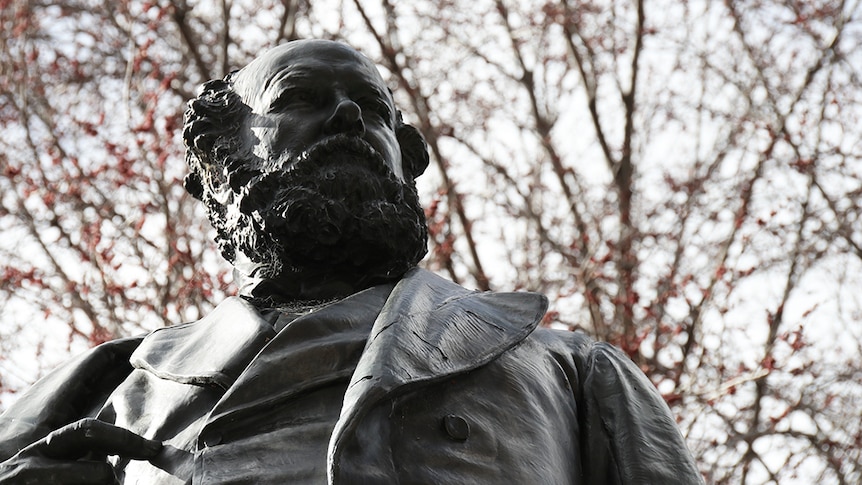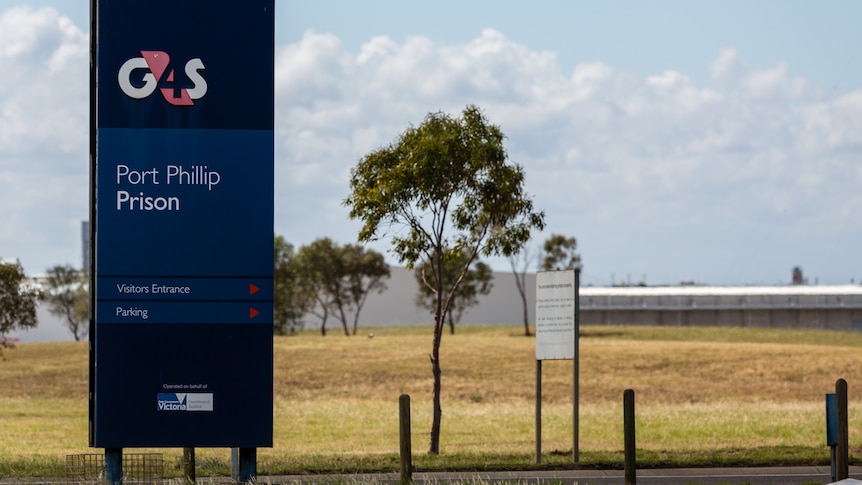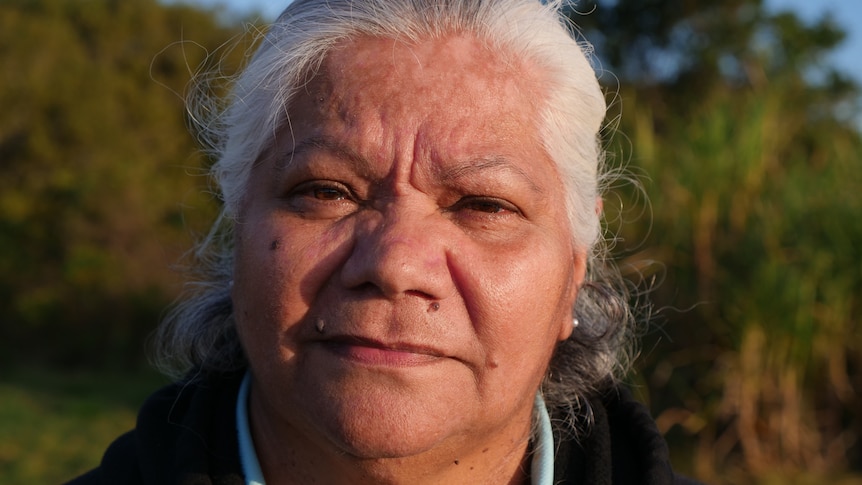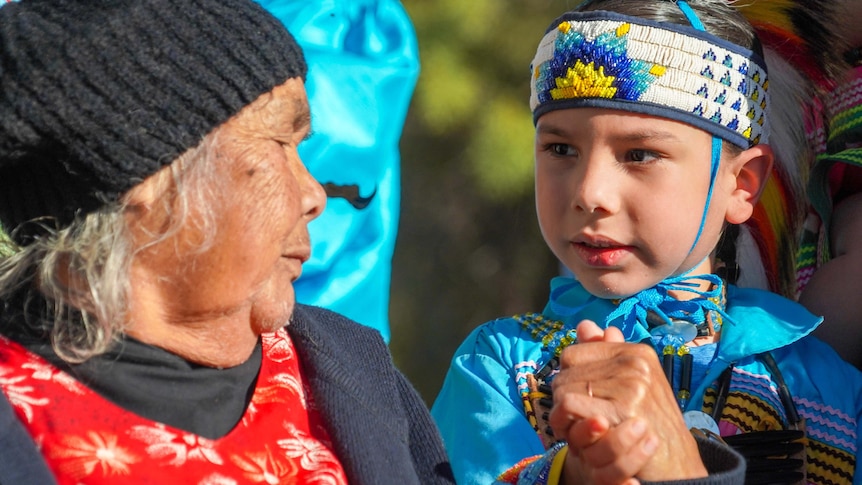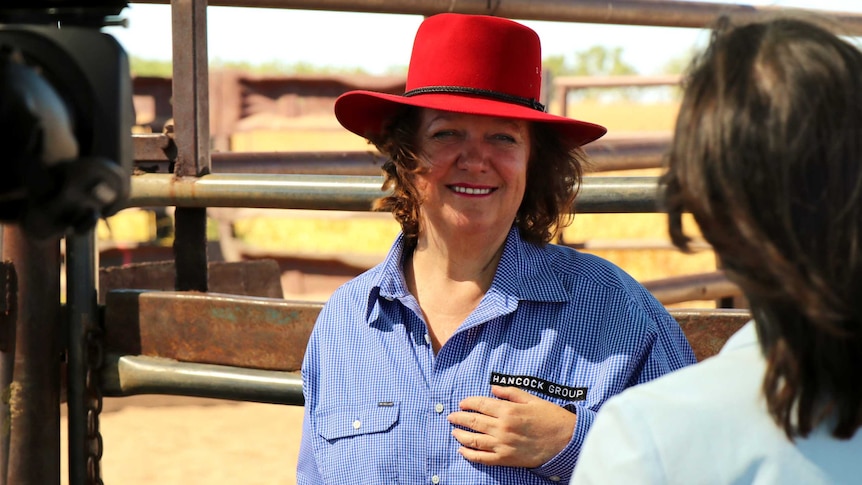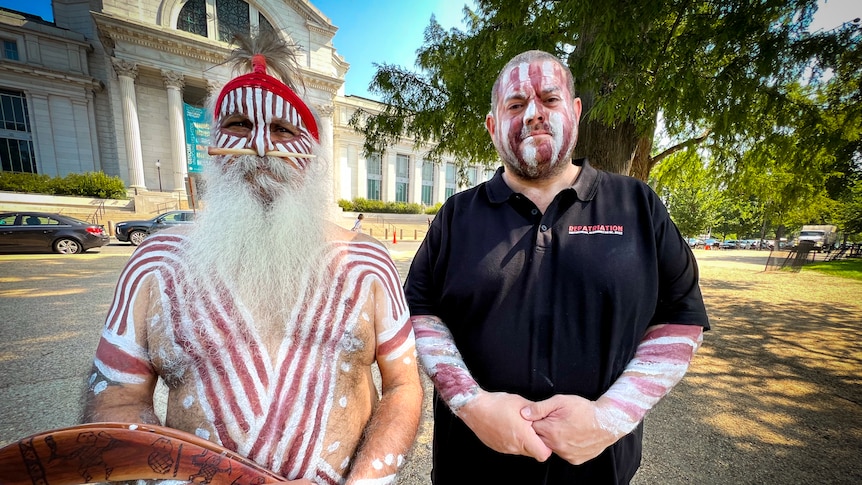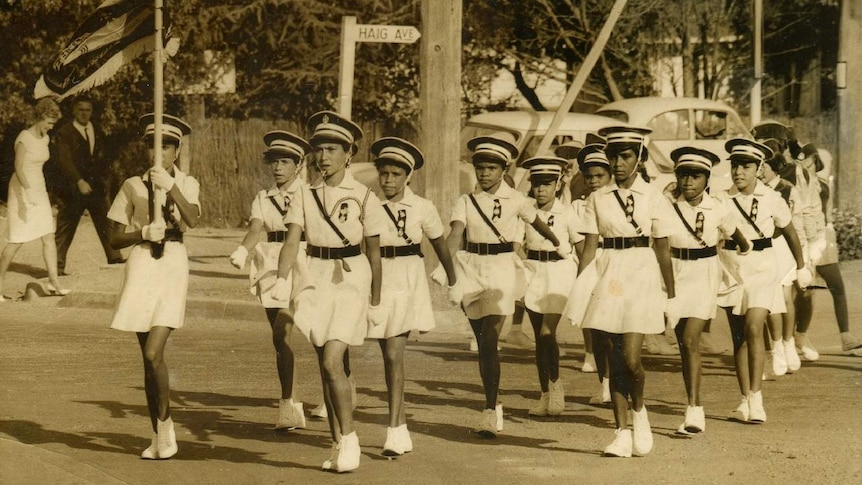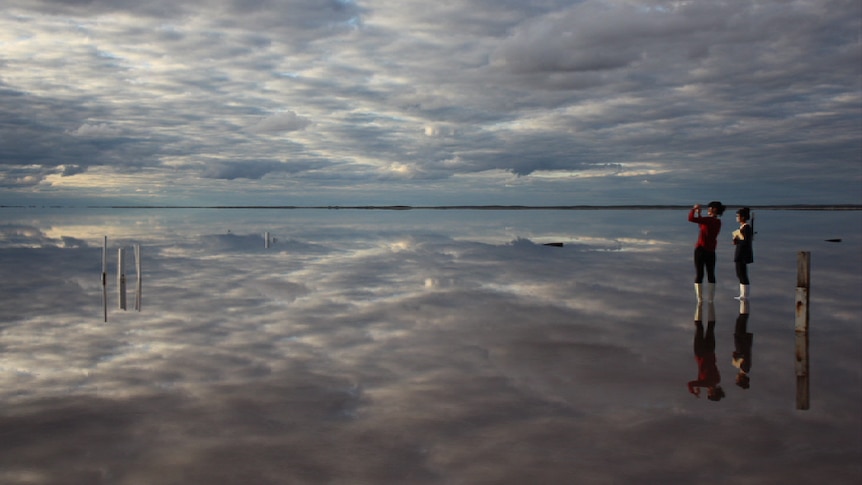To legally buy alcohol from this Queensland pub you must blow in the bag – and you must blow zero.
Key points:
- Queensland government measures prohibited all alcohol in Kowanyama since 2008
- In 2014 the community’s canteen reopened, serving restricted amounts of alcohol
- Takeaway sales are now allowed in the community, with each person allowed 12 mid-strength drinks per evening, four nights a week
Kowanyama, a remote town on western Cape York, was one of seven Indigenous communities in Queensland where prohibition was introduced in 2008.
In 2014, the local canteen reopened serving restricted amounts of alcohol.
This year the community has gained more freedom regarding alcohol, successfully applying for a takeaway license.
But that freedom is restricted.
Each person is limited to buying 12 mid-strength drinks per evening, and only from Wednesday to Saturday between 5pm and 11pm.
To enter the canteen patrons you must sign in, take a breathalyser test, and return a zero blood alcohol reading—even to buy takeaways.
They can then, for example, have four drinks at the bar and take eight home.
Producing a members or visitors card at the bar allows staff to keep tabs on how many drinks people have had, while customers are kept informed of their limit by a flashing digital display on the cash register.
A similar canteen has this month opened on the opposite side of Cape York, at Lockhart River — another of the seven communities where prohibition was introduced in 2008.
Venues on Mornington Island and at Pormpuraaw, on western Cape York, are also in the process of applying for extensions of their existing liquor licences.
‘Hardly anyone here’
Many in Kowanyama gathered for the annual Rodeo Ball this month, hosted at the canteen.
Thomas Hudson, President of the Kowanyama Sport and Recreation Association which runs the canteen, said the aim of the ball was to bring the community together.
“For people to dress up and be proud of themselves because we don’t do that every day here in our community,” Mr Hudson said.
Attendance at this year’s event, the first since its inception where takeaway alcohol has been available, was down on previous years.
The steady stream of people buying from the canteen takeaway counter before its 8pm closure confirmed what ball attendee Clive ‘Smokey’ Gilbert suspected – that many were choosing to drink at home.
“There’s hardly anyone in the canteen here,” Smokey said.
“When no takeaways were on this pub used to be crowded but you don’t see that now, they’re always going home now.”
Fellow Kowanyama resident Gwendolyn Dick said despite the below average attendance, the ball did succeed in bringing the community together during an extended period of sorry business.
“We had four deaths just recently, and another one in the last week or so,” Ms Dick said.
“It’s good to see all the families from in the community come together all in one because we often can’t during the sorry business and the funeral.”
Return of rights and responsibilities
Most in Kowanyama welcome the return of the canteen and of takeaway alcohol sales, including the community’s women’s support group.
Security providers and canteen customers said the increase in takeaway sales had resulted in a reduction in fights and anti-social behavior at the pub.
“It’s something good for the community,” Smokey said.
“It keeps them out of trouble and people enjoy their beers at home watching the football.”
For Michael Yam, a former mayor of the Kowanyama Aboriginal Shire Council the resumption of takeaway alcohol sales at the community’s canteen is a return of the rights and responsibilities of the townspeople.
“It’s about time they gave us something back,” he said.
“It’ll probably minimize the sly grogging because, as we know, in our community there’s always opportunists that are going to do it.”
And he said there were benefits to people choosing to drink at home, rather than at the canteen.
“Some families take their drinks home so that they can be home with their kids instead of drinking in the club all the time, away from their little ones.”
Lockhart River Aboriginal Shire Major Wayne Butcher said that community’s newly opened canteen had been “14 years in the making.”
“It’s created 10 new jobs in the community overnight so it’s great to see a lot of young people working as crowd controllers, security or people serving alcohol behind the bar and preparing food,” he said.
“That’s the other side of the coin that we don’t get to look at too much or focus on.”
.
